Ireland travel tips
Ireland travel tips: A lush island nation, boasts captivating landscapes, rich Celtic history, lively cities, and warm hospitality, creating unforgettable experiences.
Counties 🌎
Ireland travel tips. Here is a list of all the counties of the Ireland.
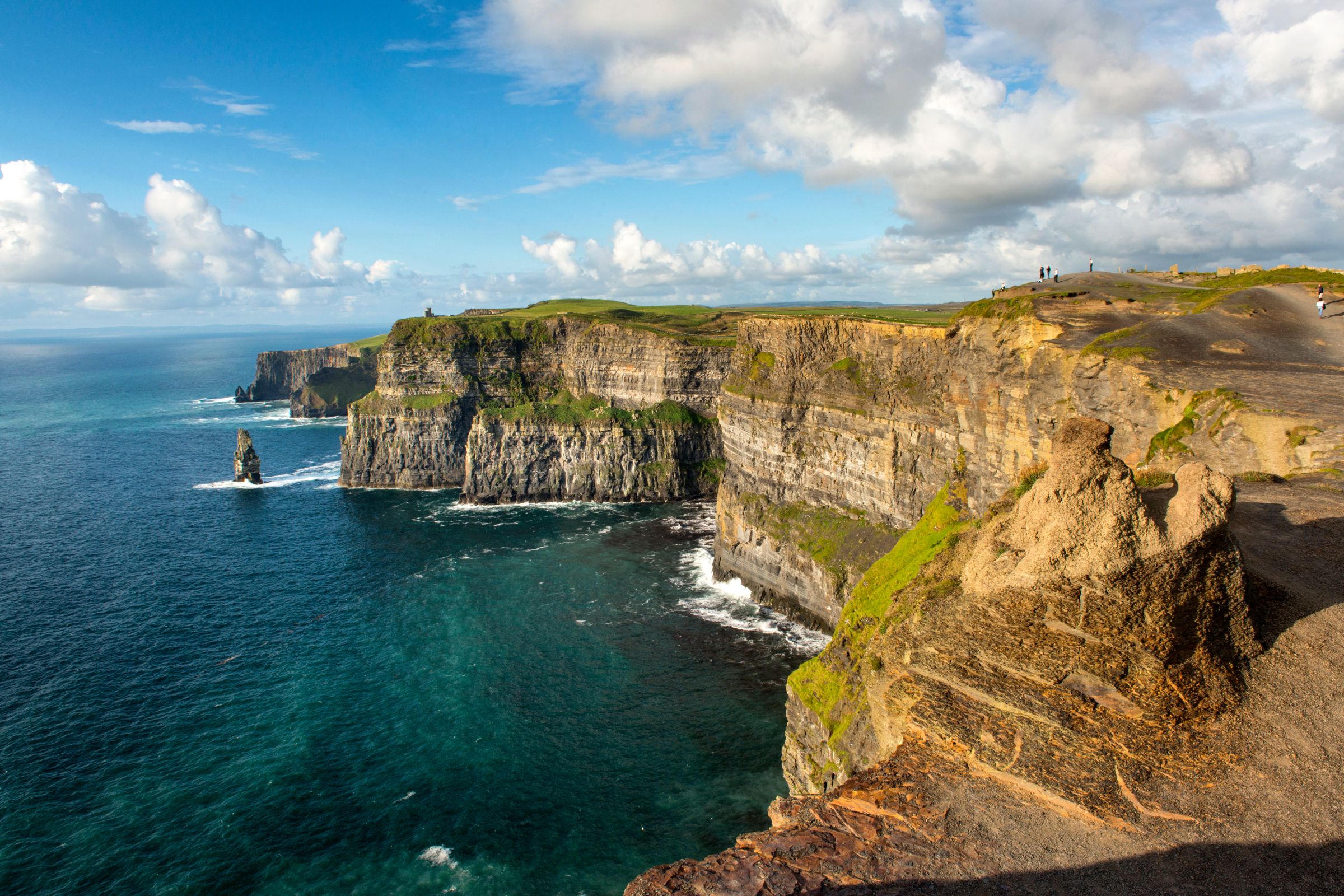
Clare
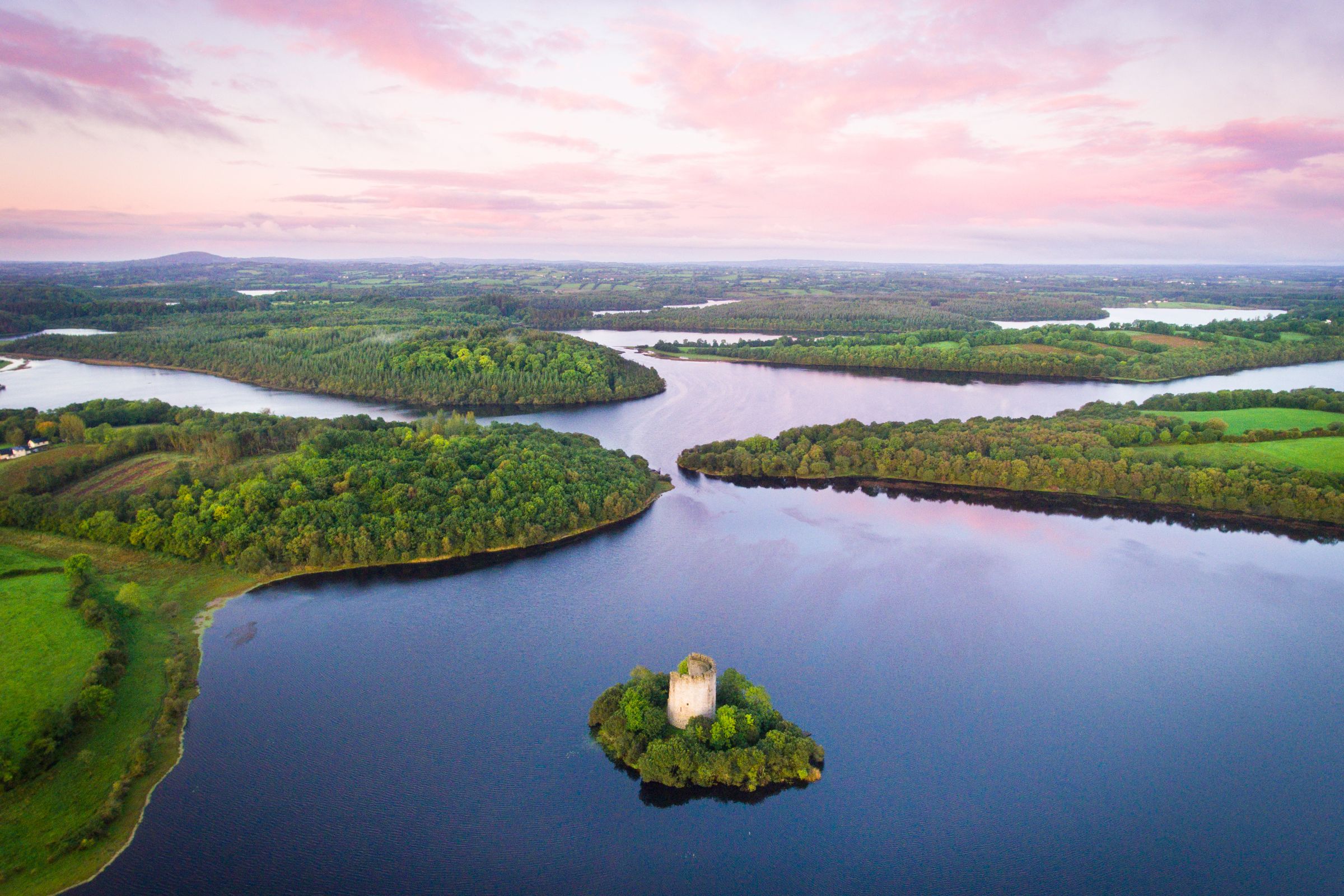
Cavan
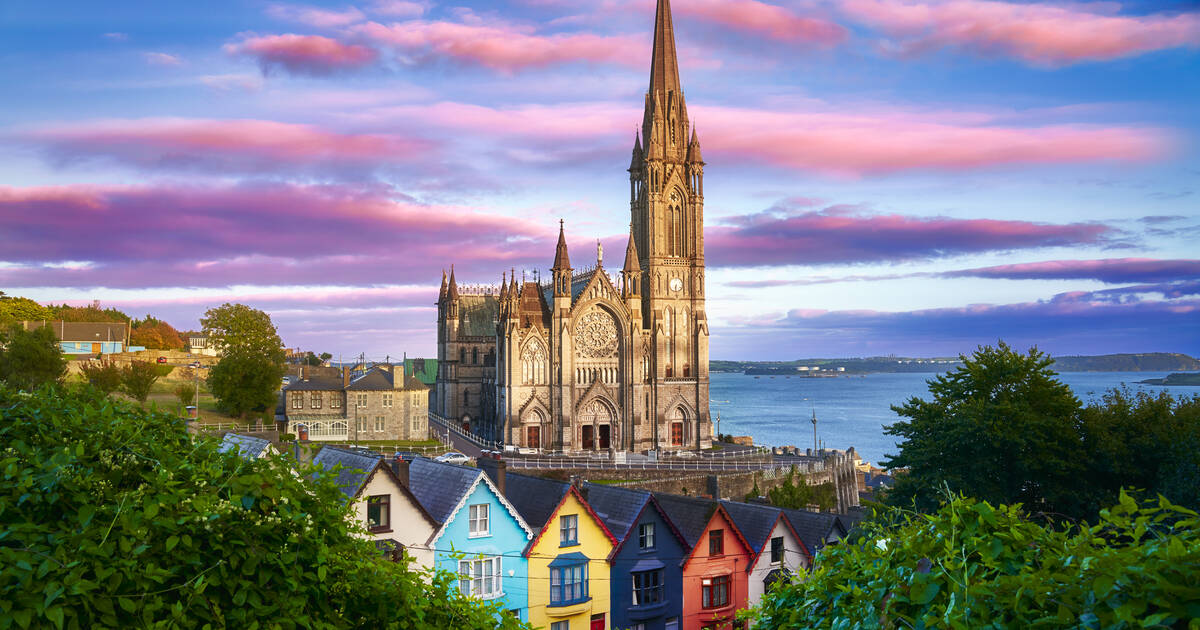
Cork
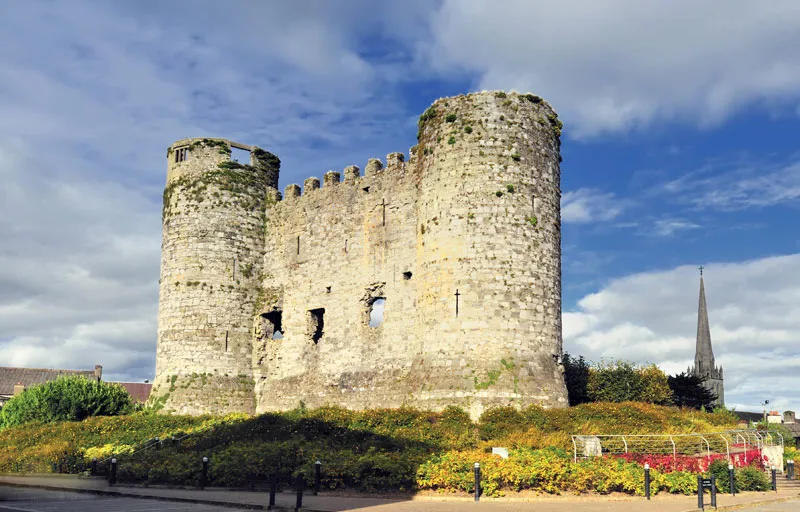
Carlow
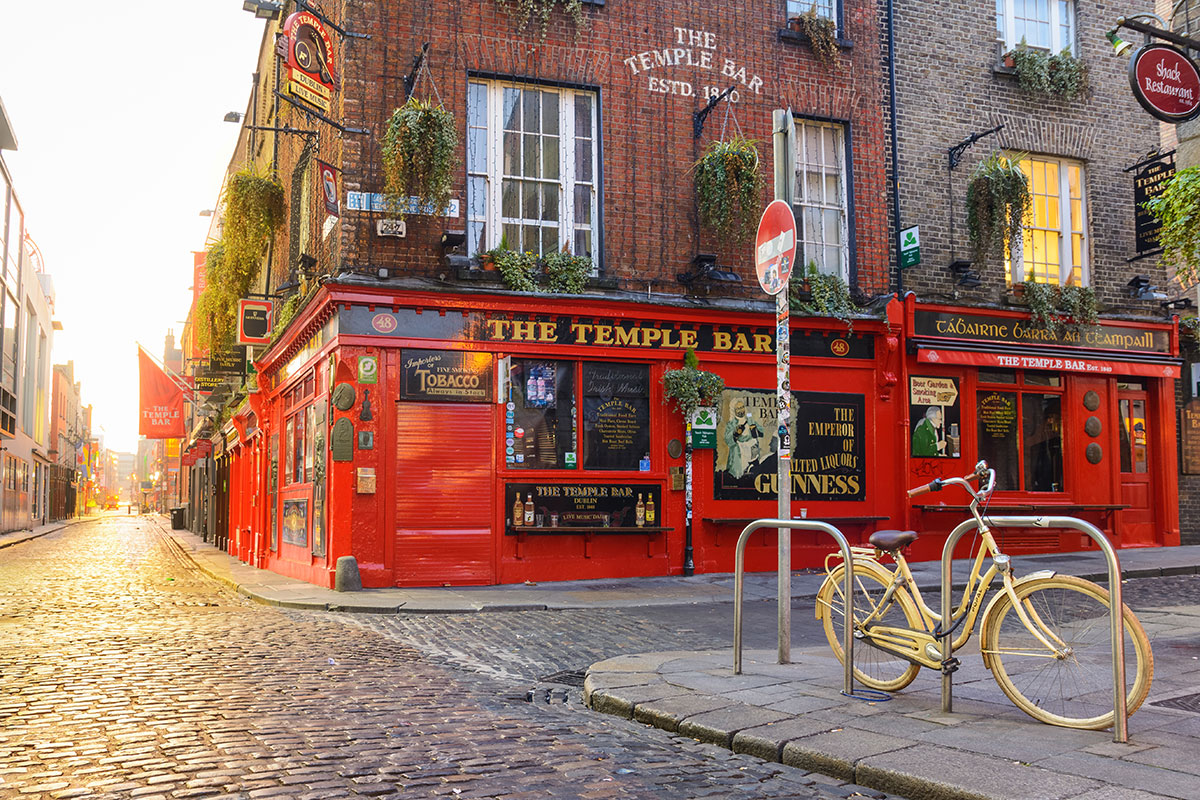
Dublin
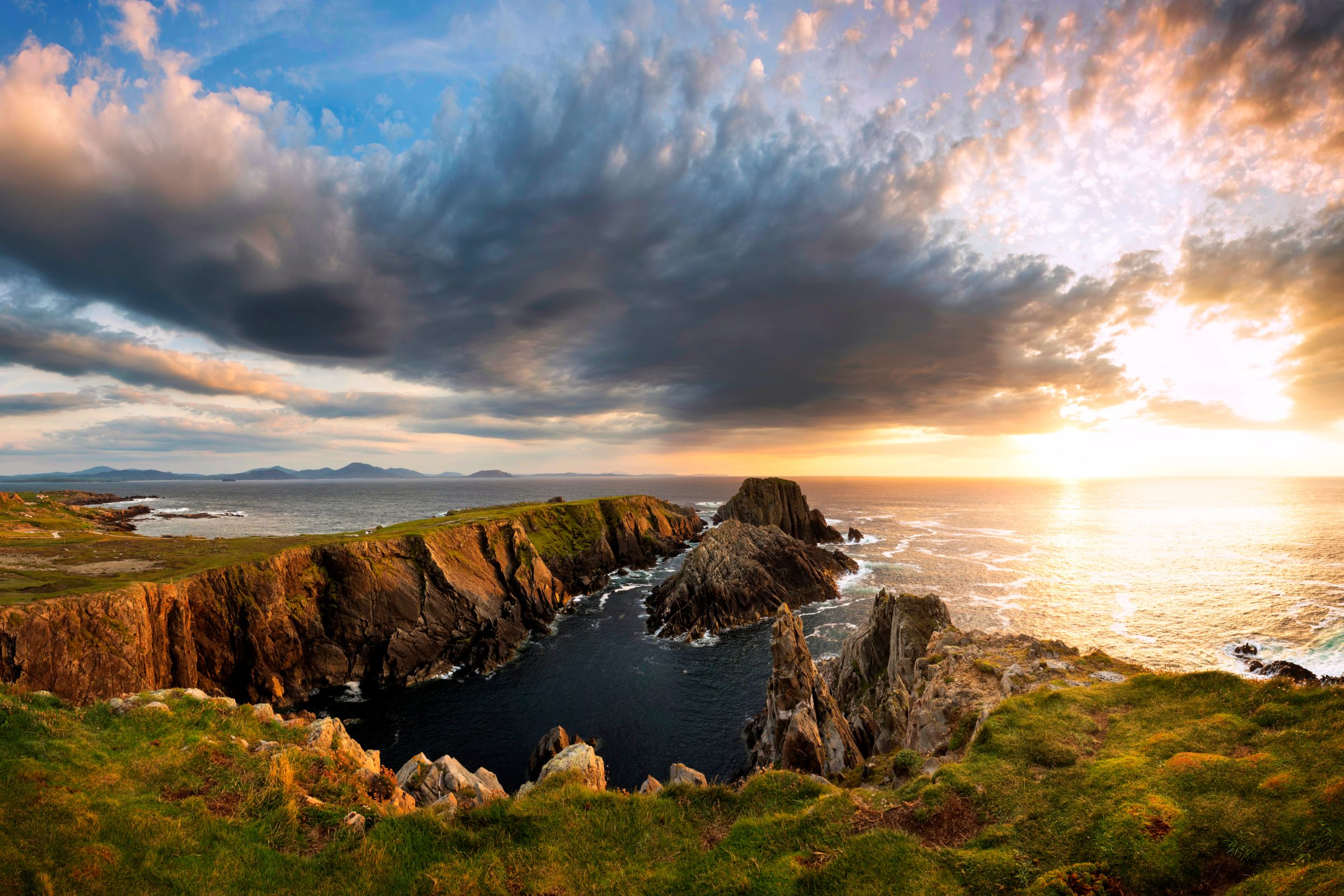
Donegal

Galway
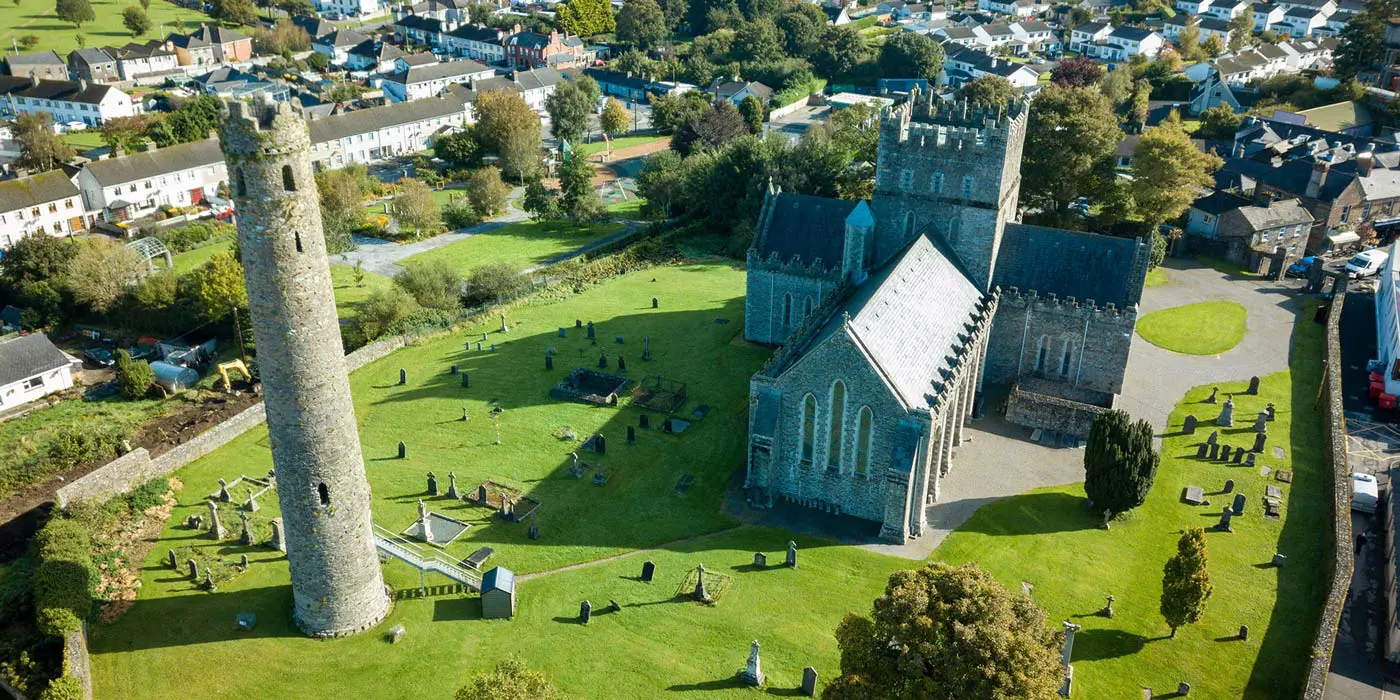
Kildare
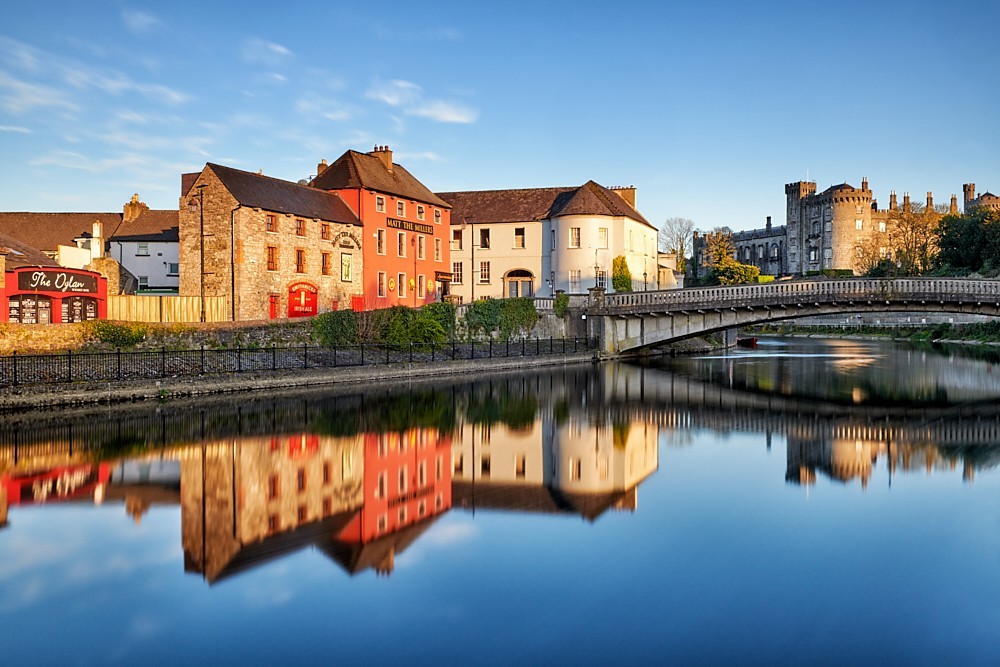
Kilkenny
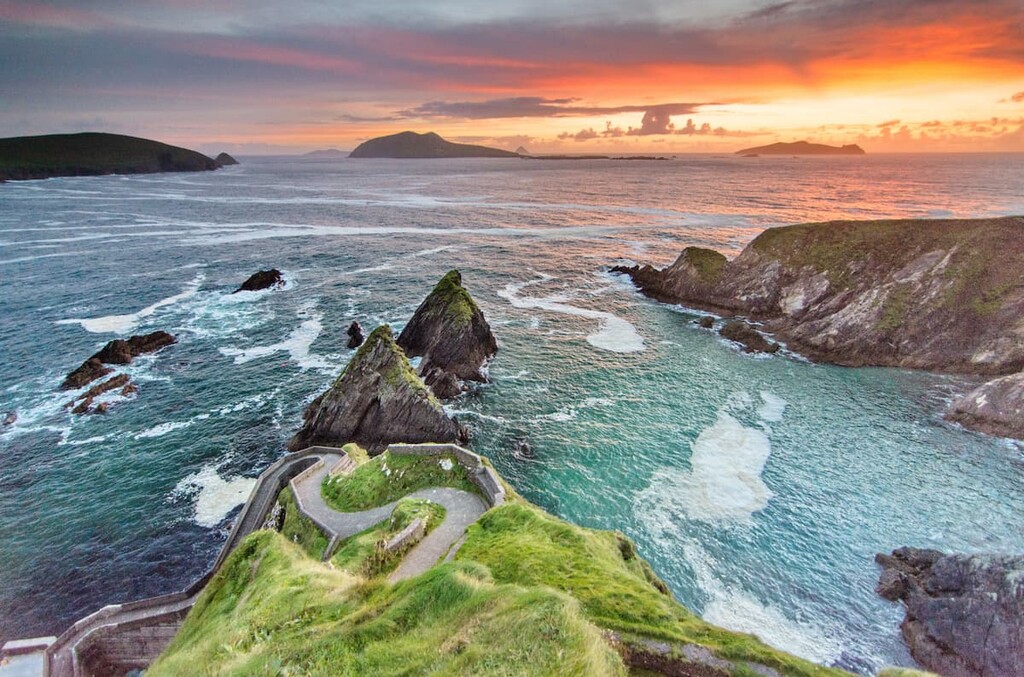
Kerry

Longford
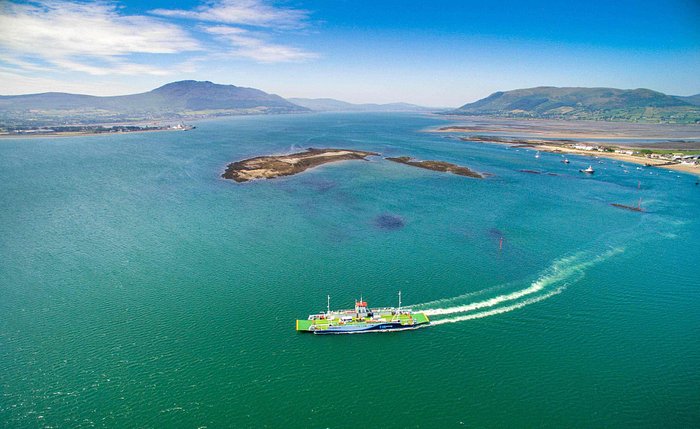
Louth
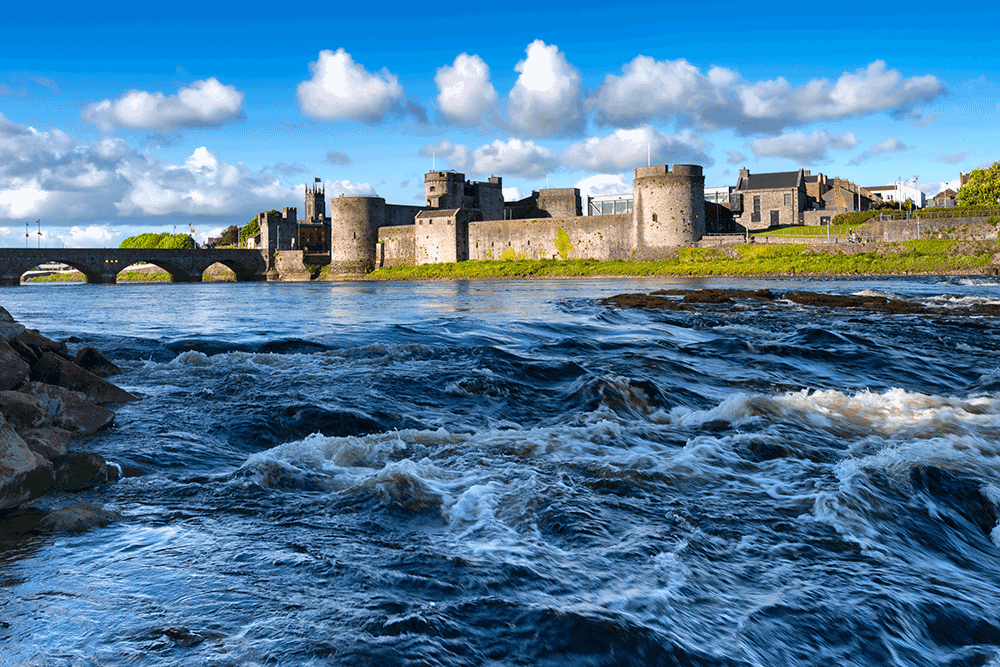
Limerick
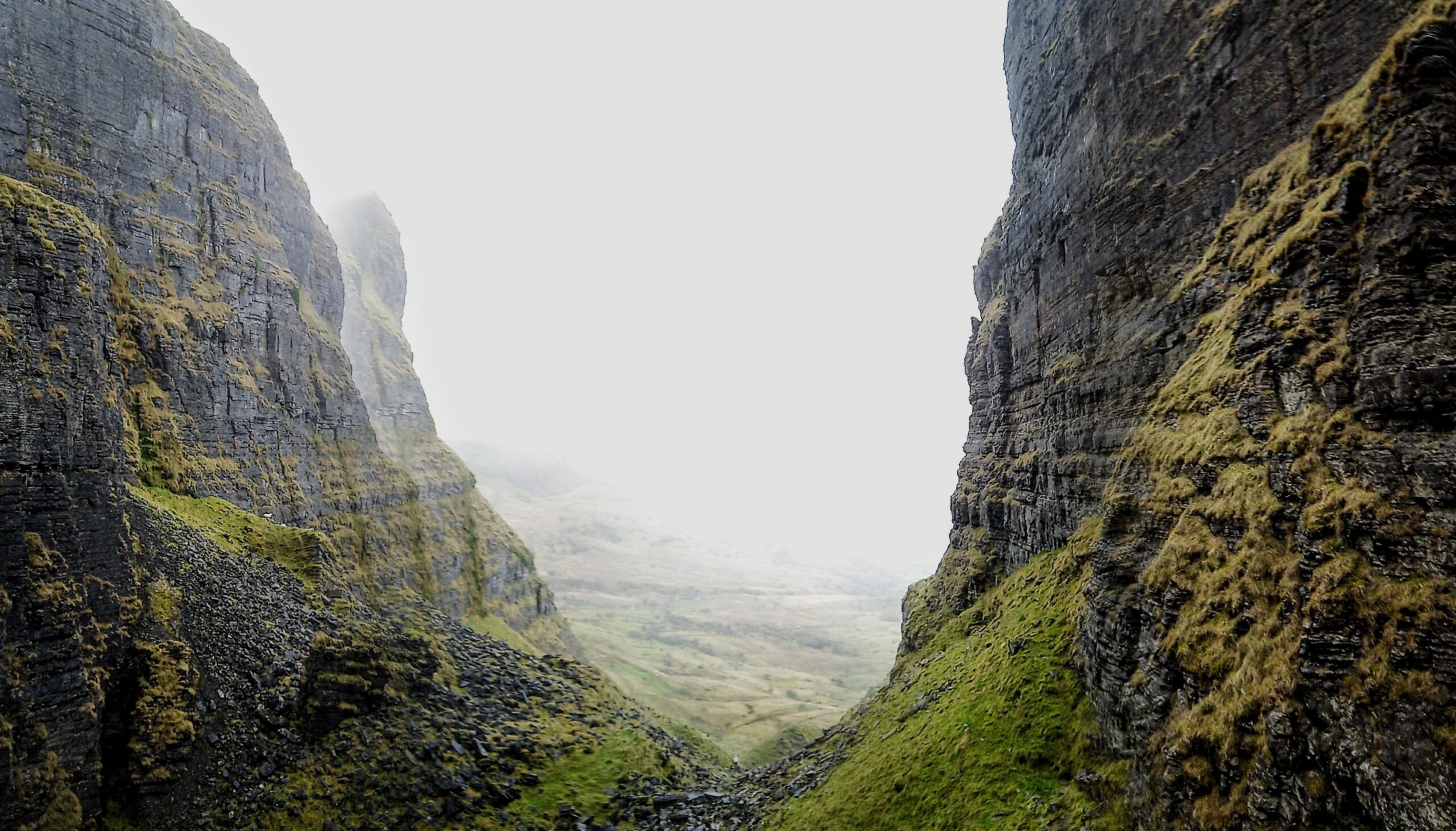
Leitrim
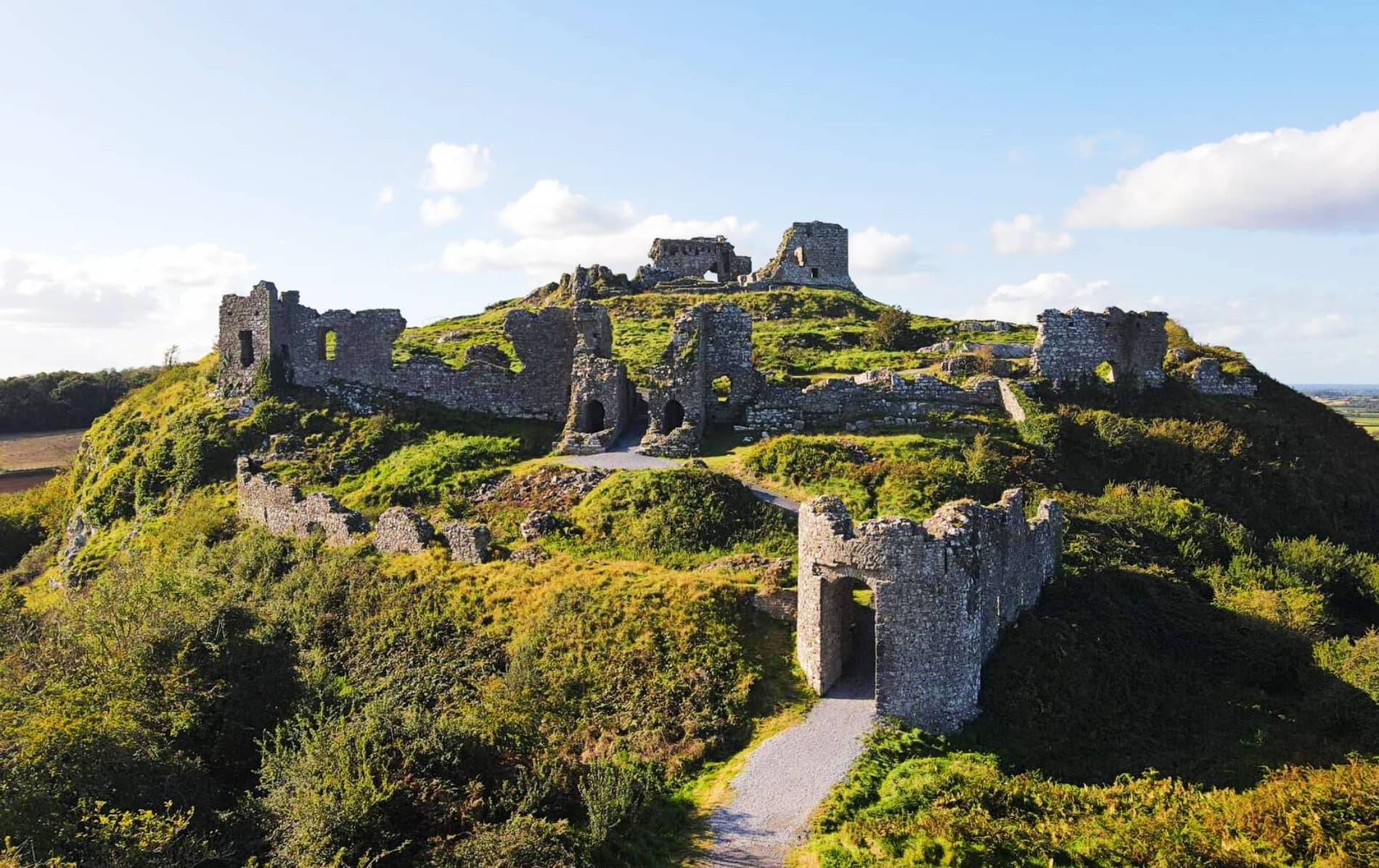
Laois
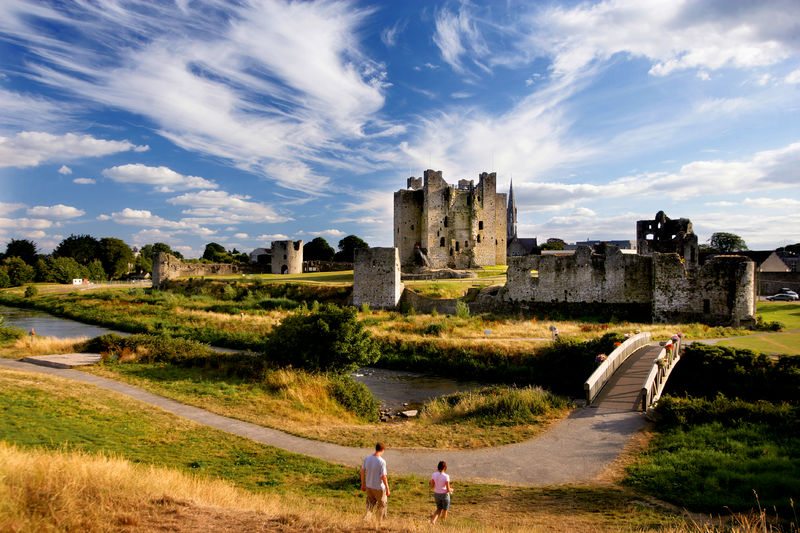
Meath
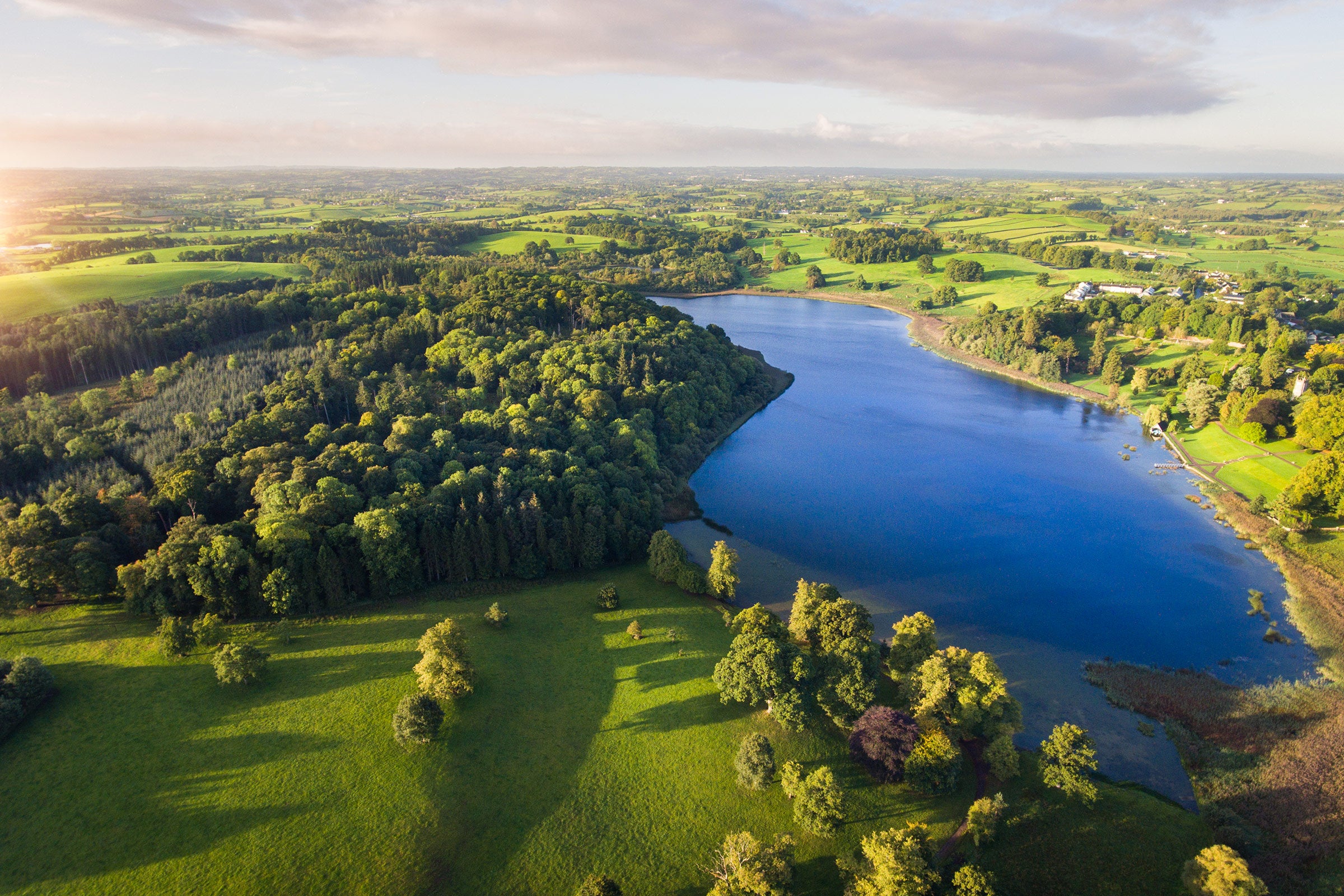
Monaghan
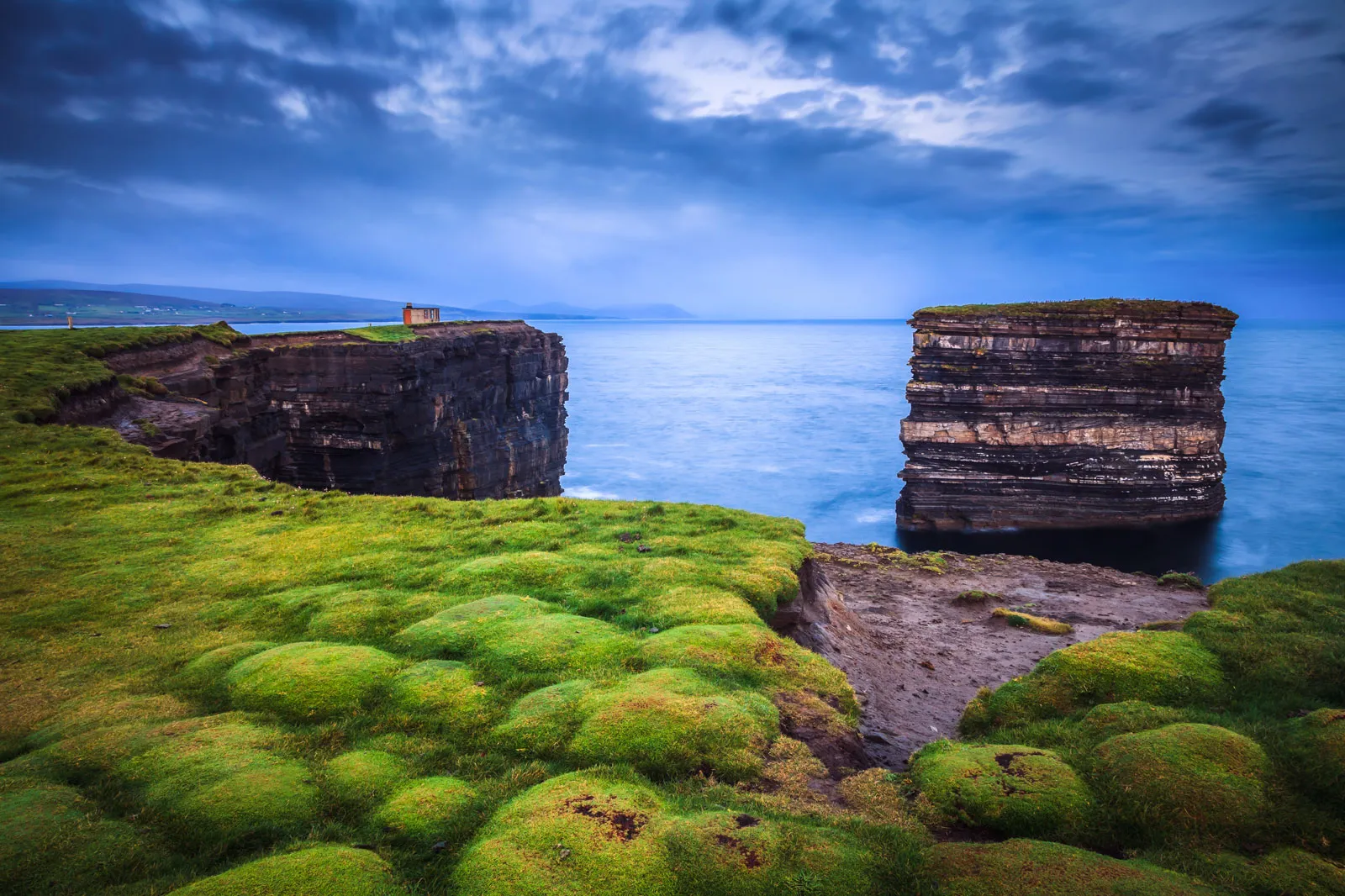
Mayo
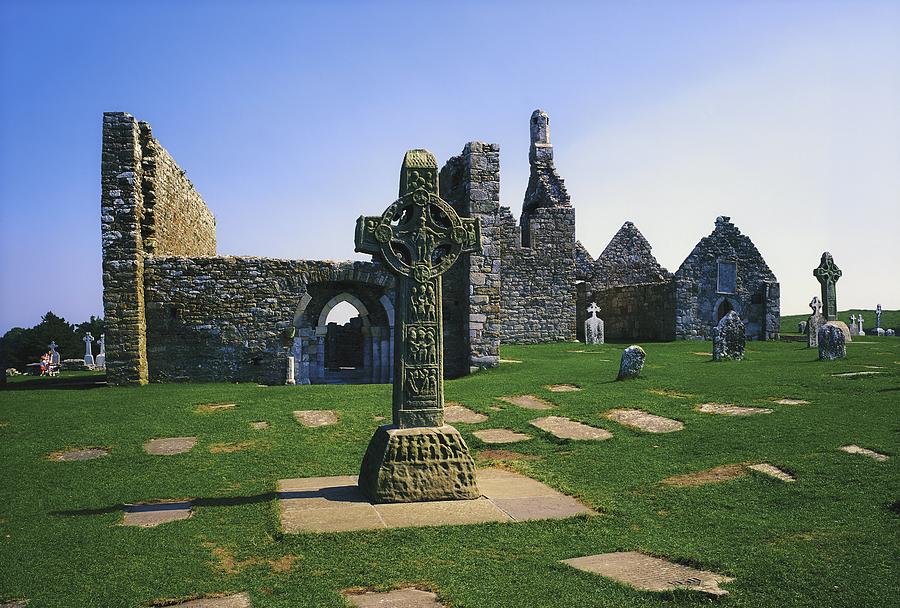
Offaly
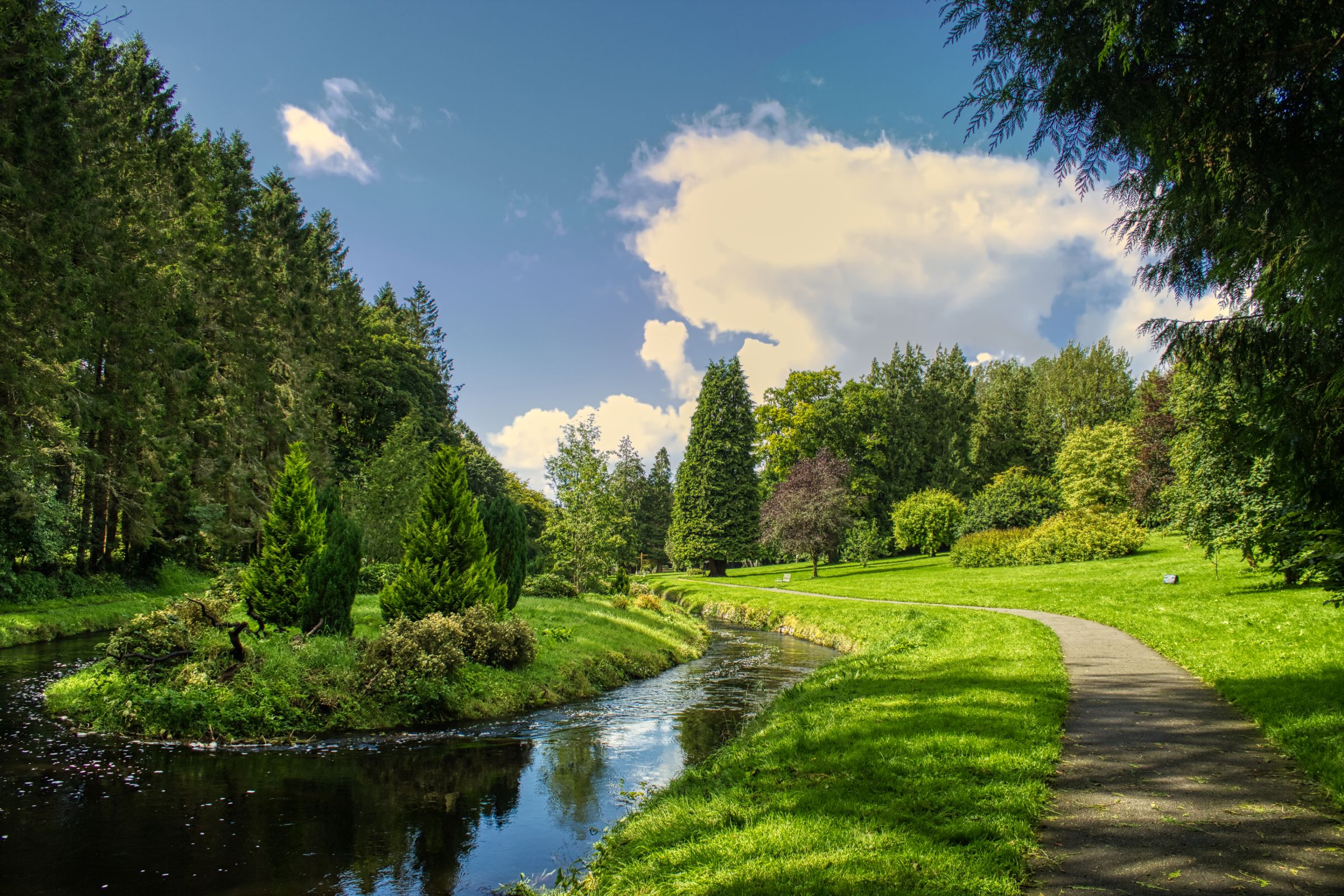
Roscommon
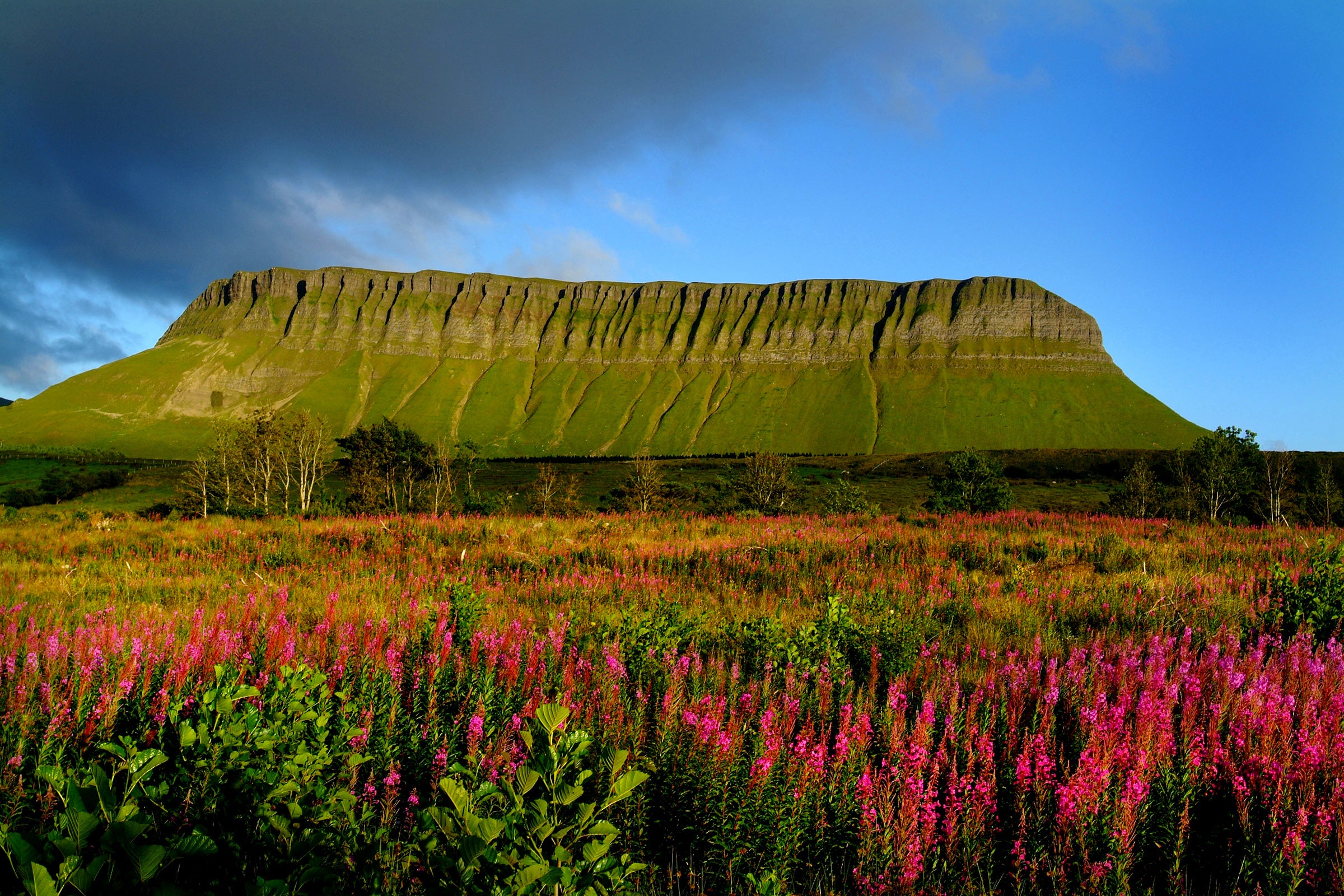
Sligo
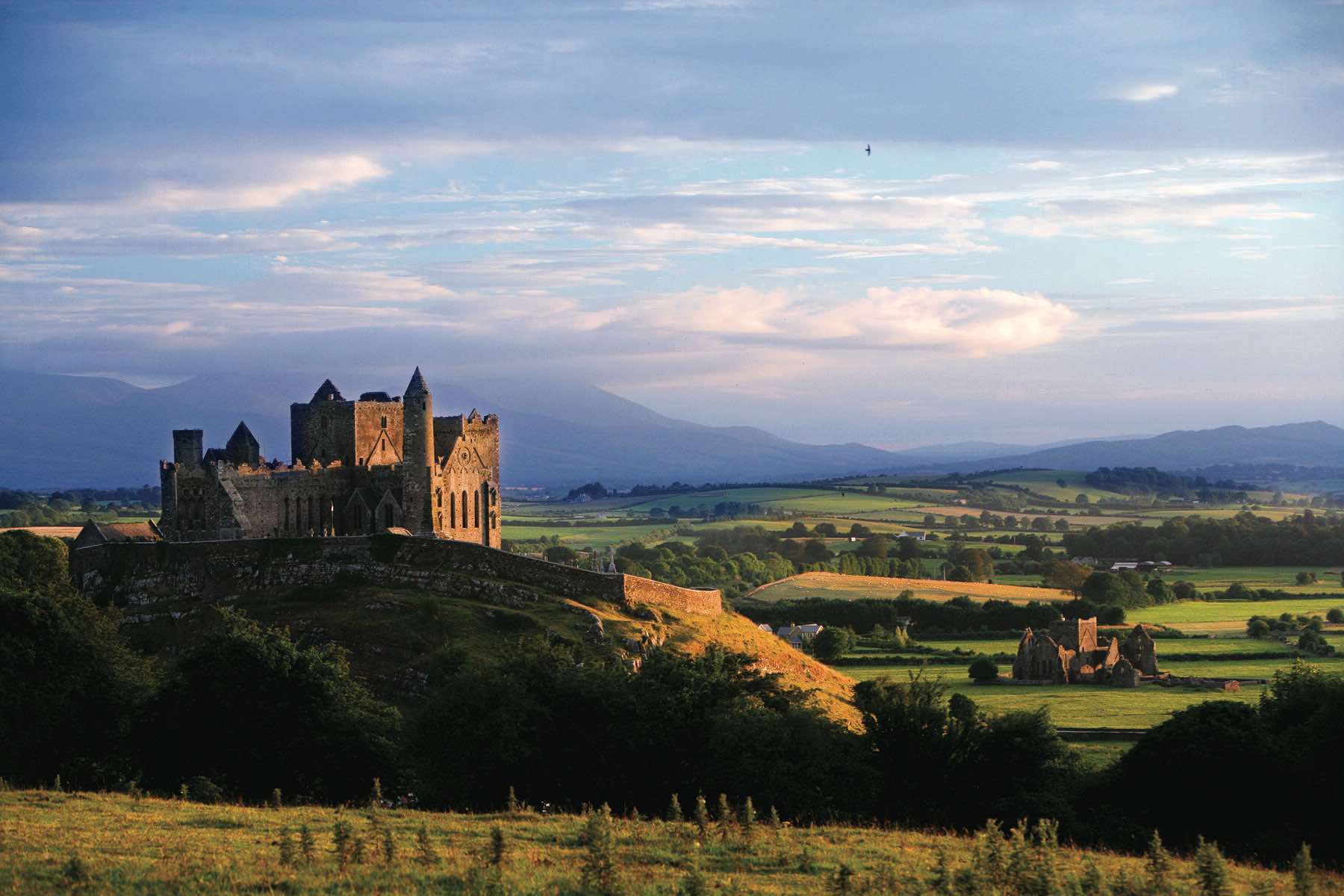
Tipperary
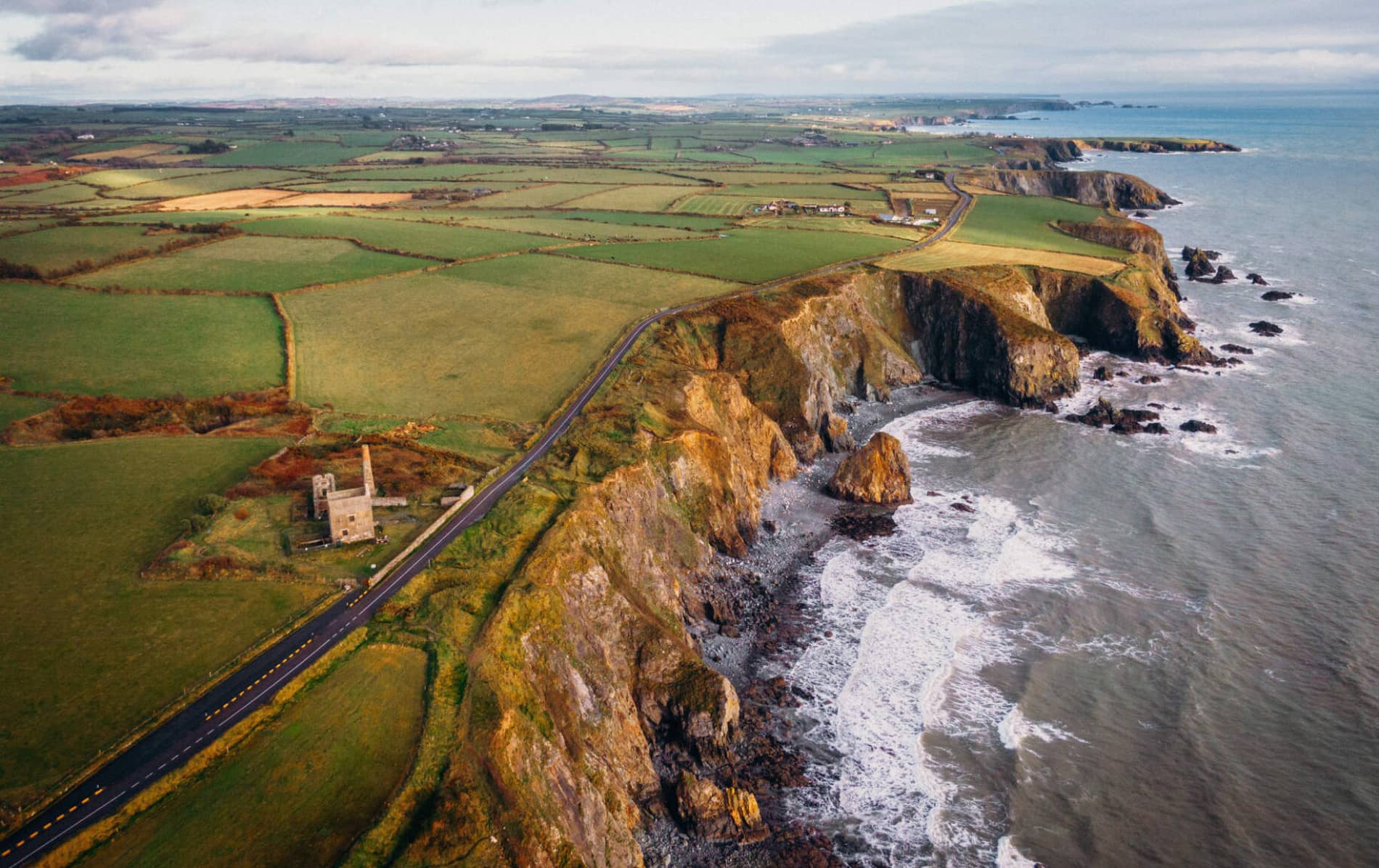
Waterford
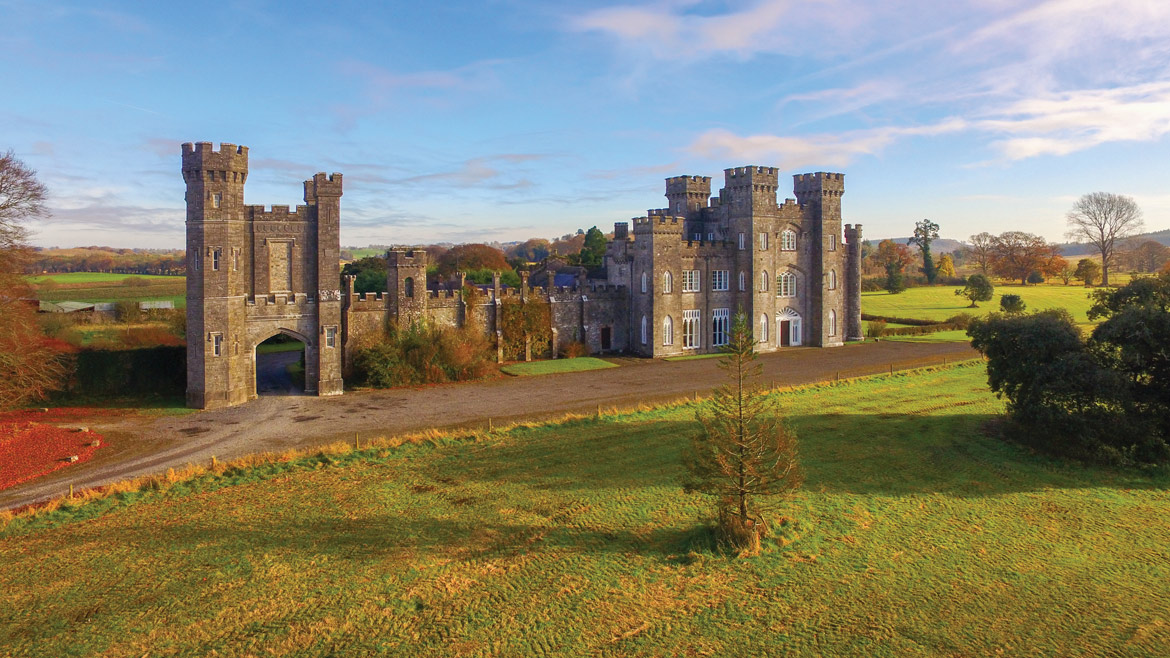
Westmeath
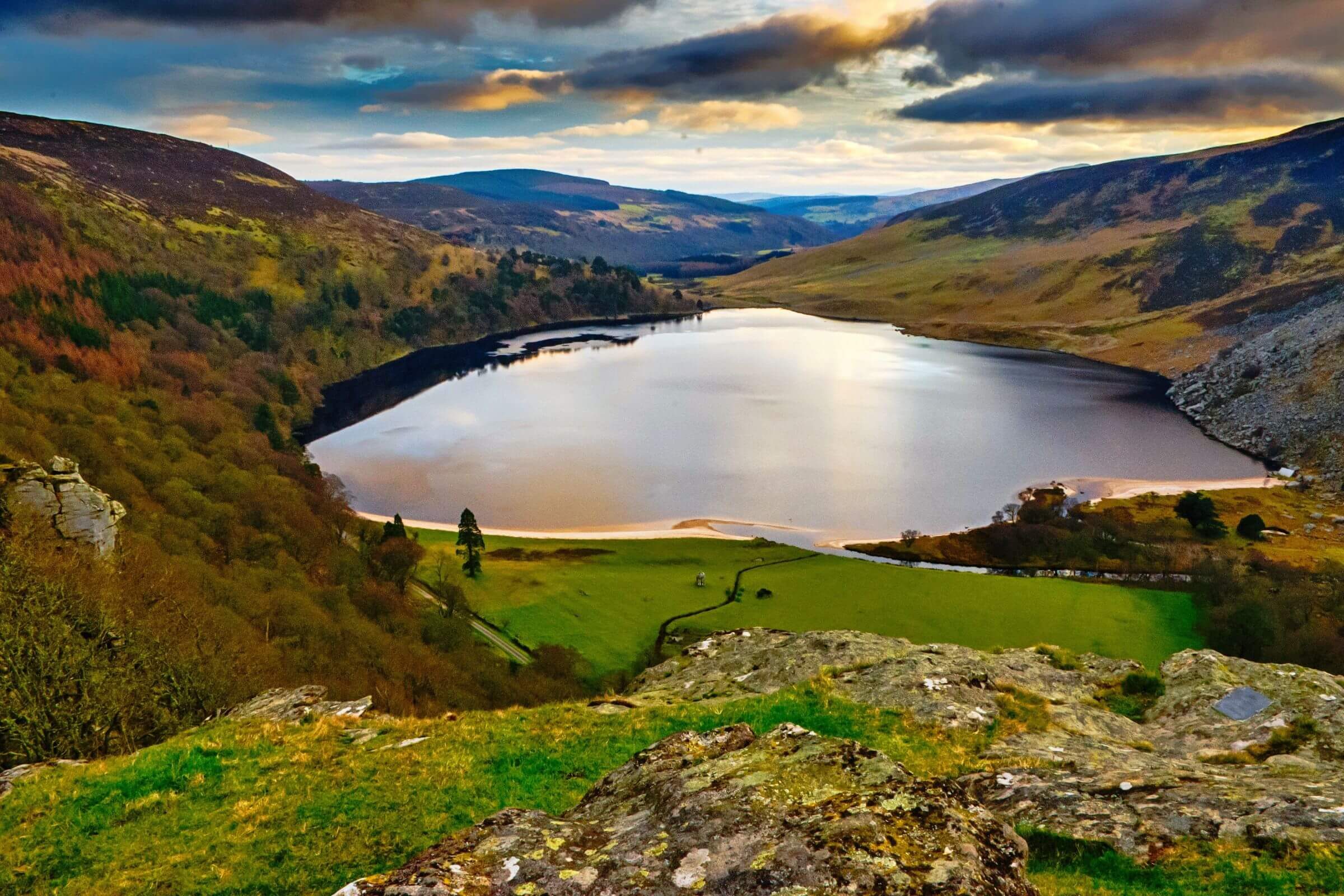
Wicklow

Wexford
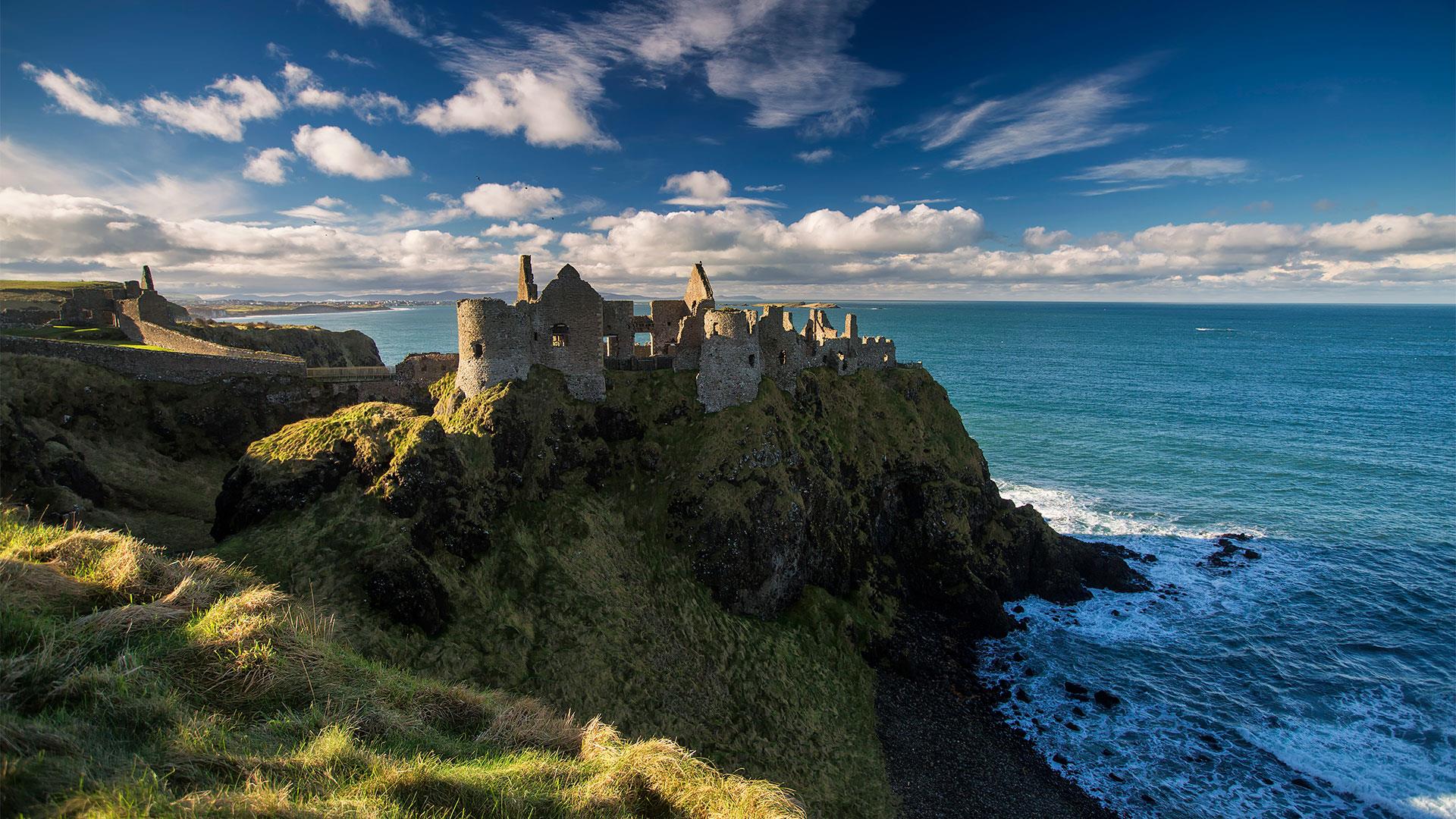
Northern Ireland
Before you go 🛩
Important information you should know before your trip
Info
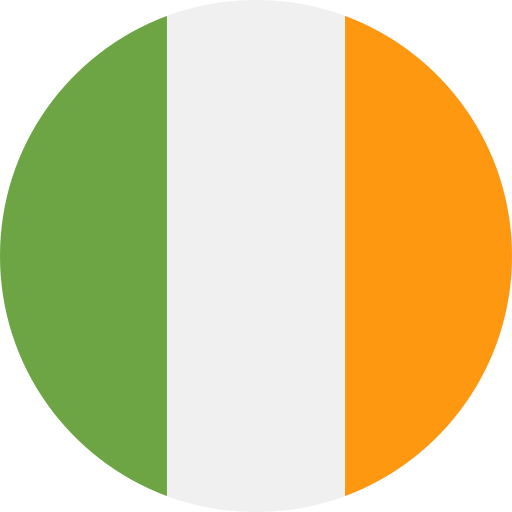
Capital | Dublin
Flag Codes:
ISO alpha-2 IE,
ISO alpha-3 IRL
Currency
Badge | Euro
CODE | EUR
NUMBER | 978
SYMBOL | €
FRACTION | Penny
Mobile Coverage
Dialing Code | +353
SIM Card
Coverage | 3G / 4G / 5G |
Mobile Networks | Three Mobile | eir Mobile | Vodafone Mobile |
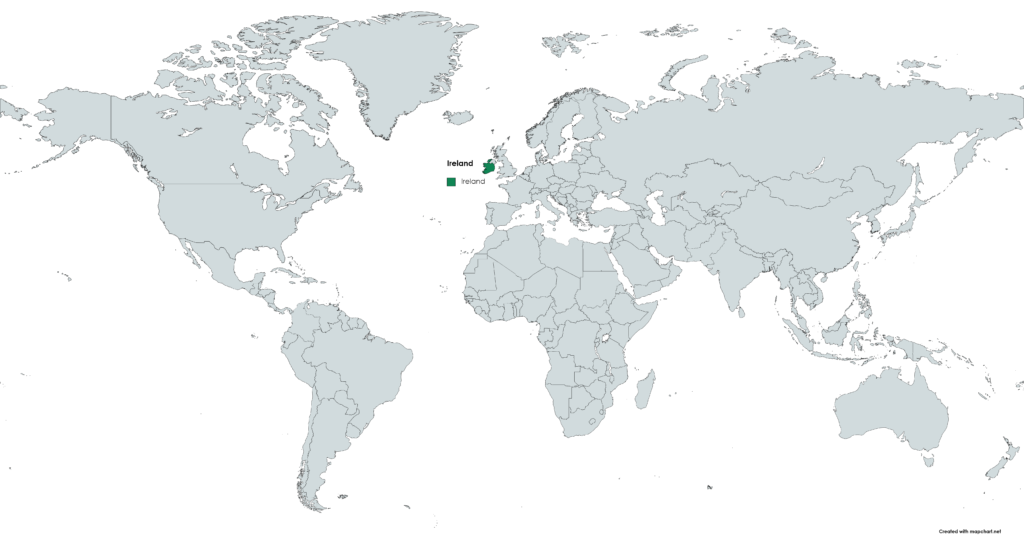
Location
Ireland is an island located in the North Atlantic Ocean, west of Great Britain. It is situated on the westernmost edge of Europe and is separated from Great Britain by the Irish Sea. The coordinates of Ireland are approximately between 51.5° to 55.5° latitude and -11.5° to -5.5° longitude. The island is divided into two separate political entities: the Republic of Ireland, which covers about five-sixths of the island, and Northern Ireland, which is part of the United Kingdom and occupies the remaining one-sixth of the island.
Currency
The currency in Ireland is the Euro (EUR). Ireland adopted the euro as its official currency on January 1, 2002.
Before that, the currency used was the Irish Pound (IEP).
Languages
The official language of Ireland is Irish (also known as Irish Gaelic), which is a Celtic language. English is also widely spoken throughout the country and is considered the second official language.
Irish is taught in schools and used in public administration and in the broadcasting of some media. Although it is the native language of a minority of the population, the Irish government has made efforts to promote its use and conservation, including the creation of institutions that work to promote the Irish language and culture.
Although English is more commonly spoken on a day-to-day basis, many rural areas and towns in Ireland have a strong sense of Irish identity and the use of the Irish language lives on in some parts of the country.
Climate 🌡
The climate of Ireland is classified as a temperate maritime climate. It is influenced by the North Atlantic Current and the prevailing westerly winds, which bring mild and damp weather throughout the year. Here are some key characteristics of the Irish climate:
Mild Winters: Winters in Ireland are generally mild, with average temperatures ranging from 4°C to 8°C (39°F to 46°F) in the coldest months of December, January, and February. Snowfall is relatively infrequent and tends to be more common in mountainous regions.
Cool Summers: Summers in Ireland are cool and relatively short. Average temperatures during the summer months of June, July, and August range from 14°C to 18°C (57°F to 64°F) in coastal areas. Inland regions may experience slightly higher temperatures. Heatwaves are uncommon, and temperatures rarely exceed 25°C (77°F).
Rainfall: Ireland is known for its abundant rainfall, which occurs throughout the year. The western and northwestern coastal areas receive the highest amount of rainfall, while the eastern and southeastern parts tend to be slightly drier. Annual rainfall averages range from 800 to 1,500 millimeters (31 to 59 inches) across the country.
Changeable Weather: The weather in Ireland can be quite changeable, with frequent shifts between sun, clouds, rain, and wind occurring within a short period. It is not uncommon to experience all four seasons in a single day.
Wind: Ireland experiences relatively strong winds due to its exposure to the Atlantic Ocean. The southwestern and western coastal areas, in particular, are prone to gusty winds, especially during the winter months.
It’s important to note that these are general characteristics, and localized variations in weather can occur. Additionally, climate patterns can change over time, so it’s always advisable to check current weather forecasts when planning a trip or visit to Ireland.
Ireland travel tips
Traveling to Ireland is a delightful experience with its lush landscapes, historic sites, and friendly locals. Here are some travel tips for your visit to Ireland:
Weather:
Ireland has a mild, temperate climate with frequent rain. Pack layers, a waterproof jacket, and comfortable, water-resistant shoes.
Driving:
If driving, be prepared for driving on the left side of the road. Check the specific road rules, especially in rural areas with narrow roads.
Pub Culture:
Embrace the lively pub culture. Enjoy traditional Irish music, food, and drinks. Pubs are often the heart of local communities.
Language:
English is the official language, but Irish (Gaelic) is also spoken. Most people are bilingual, and English is widely used in tourist areas.
Transportation:
Renting a car is ideal for exploring the countryside, but public transportation is well-developed. Consider the train (Irish Rail) and bus services (Bus Éireann). View Guide.
Castles and History:
Explore Ireland’s rich history by visiting castles like Blarney Castle, Bunratty Castle, and the Rock of Cashel.
Irish Hospitality:
Enjoy the warmth of Irish hospitality. Locals are known for their friendliness and willingness to help travelers.
Enjoy your time in Ireland!

The best of the best
Ireland has a rich culinary heritage with traditional dishes that have been enjoyed for generations.
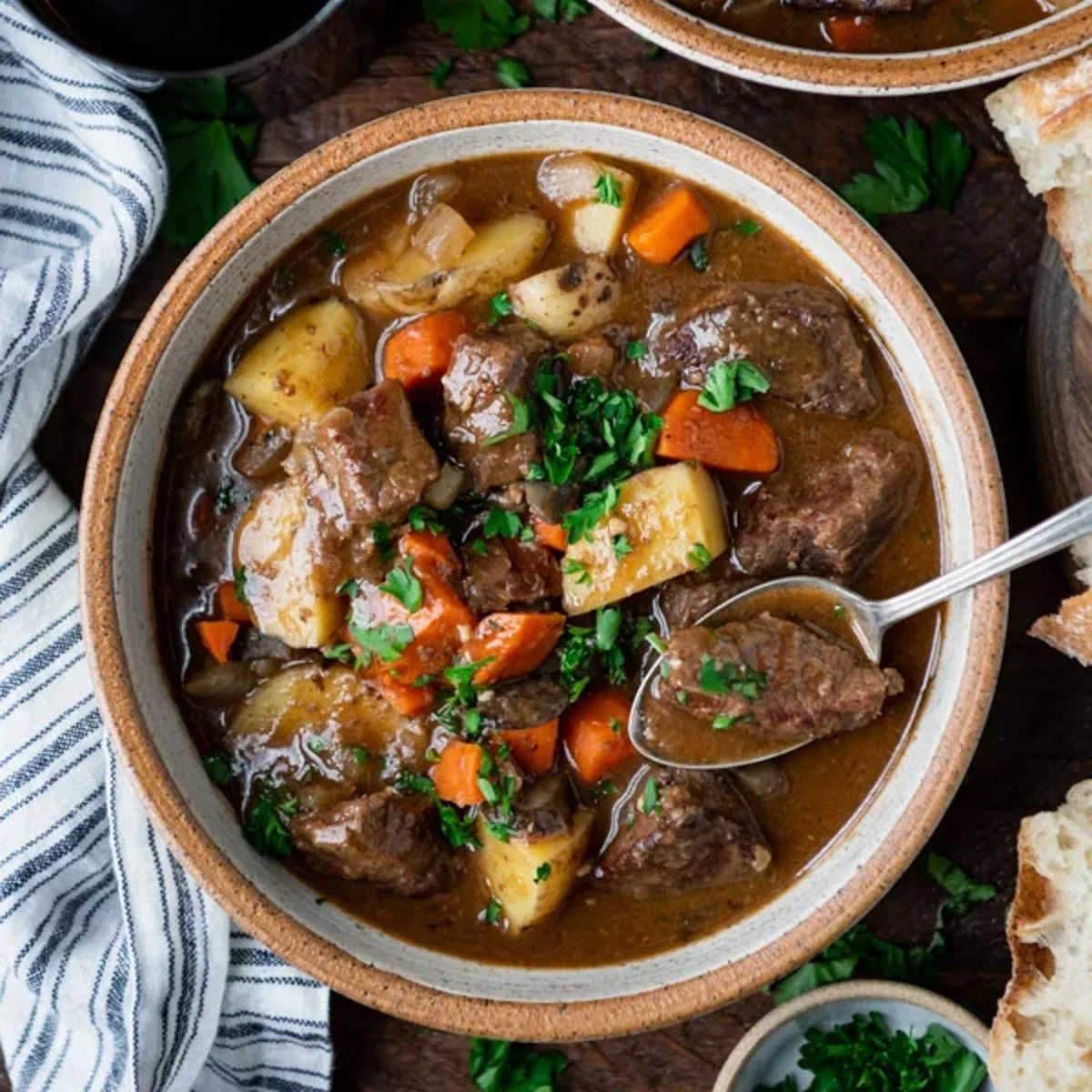
Irish Stew
A hearty dish made with lamb or mutton, potatoes, onions, and carrots, simmered together to create a flavorful stew.
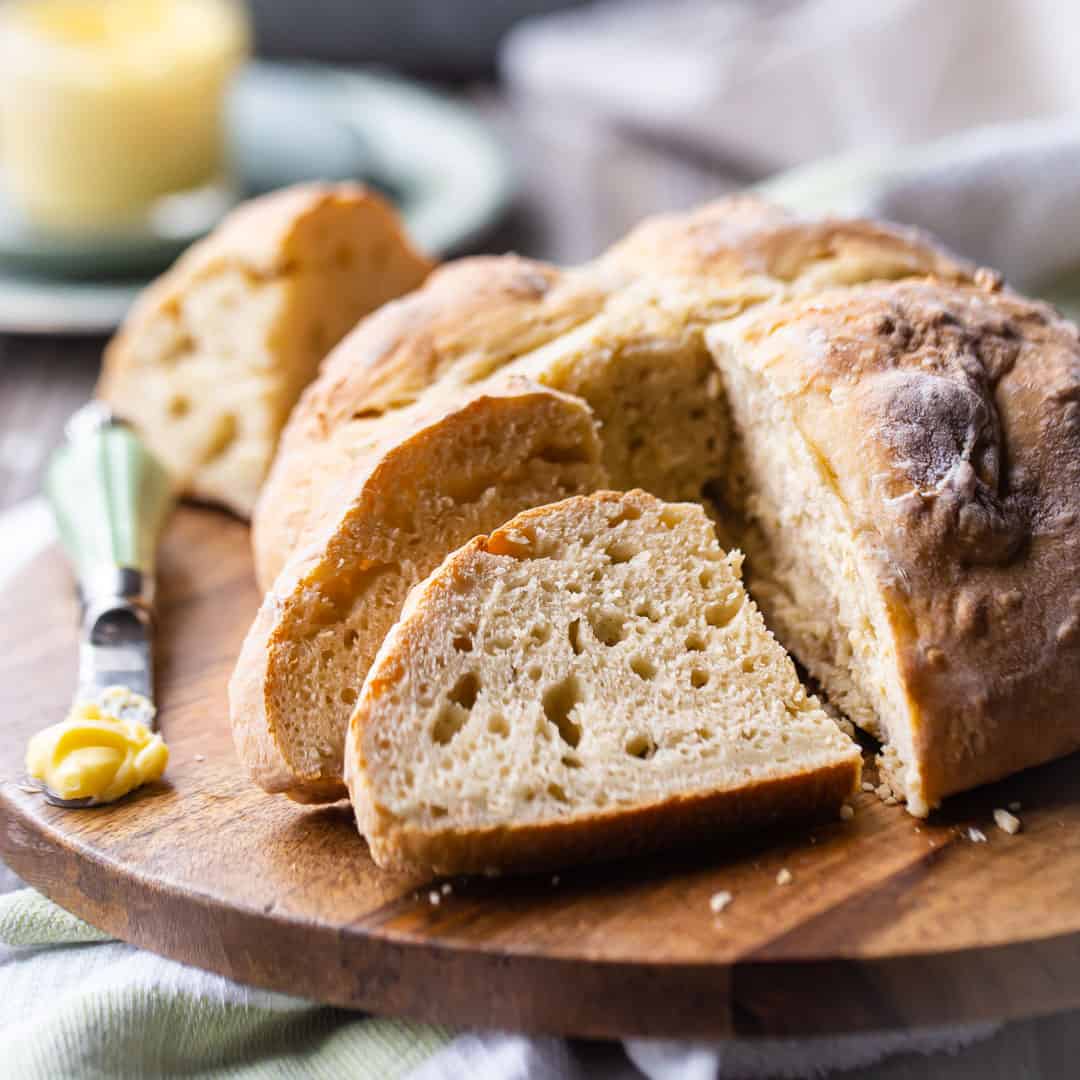
Irish Soda Bread
A traditional bread made with simple ingredients like flour, baking soda, buttermilk, and salt. It has a dense texture and is often served with butter.
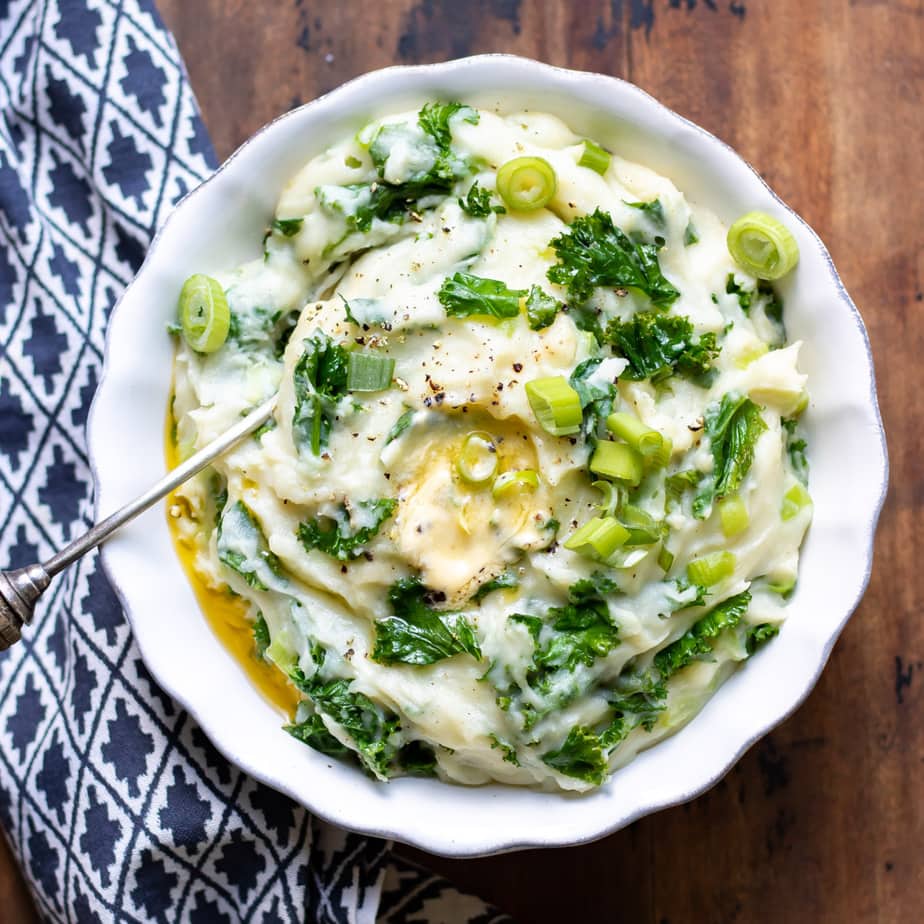
Colcannon
Mashed potatoes mixed with kale or cabbage, onions, and butter. It is a popular side dish that is often served with boiled ham or bacon.
Here are some typical foods of Ireland:
Boxty: A potato pancake made from grated and mashed potatoes, flour, buttermilk, and baking soda. Boxty can be served as a breakfast dish or as an accompaniment to stews or meats.
Coddle: A Dublin specialty, coddle is a stew-like dish made with sausages, bacon, onions, and potatoes cooked together in a flavorful broth.
Seafood: Given its coastal location, Ireland is known for its fresh seafood. Popular seafood dishes include fish and chips, smoked salmon, Dublin Bay prawns (langoustines), and seafood chowder.
Black Pudding and White Pudding: Black pudding is a type of blood sausage made with pork blood, fat, oats, and spices. White pudding is similar but does not contain blood. Both are commonly eaten as part of a traditional Irish breakfast.
Irish Coffee: While not a food, Irish coffee is a popular Irish beverage. It combines hot coffee, Irish whiskey, brown sugar, and whipped cream, creating a warm and indulgent drink.
Irish cuisine has evolved over time, incorporating influences from other cultures, but these dishes remain beloved staples of Irish cooking.
Transportation 🚥
More information about this country
Choose your destination 📍🗺
Useful Links ✅



